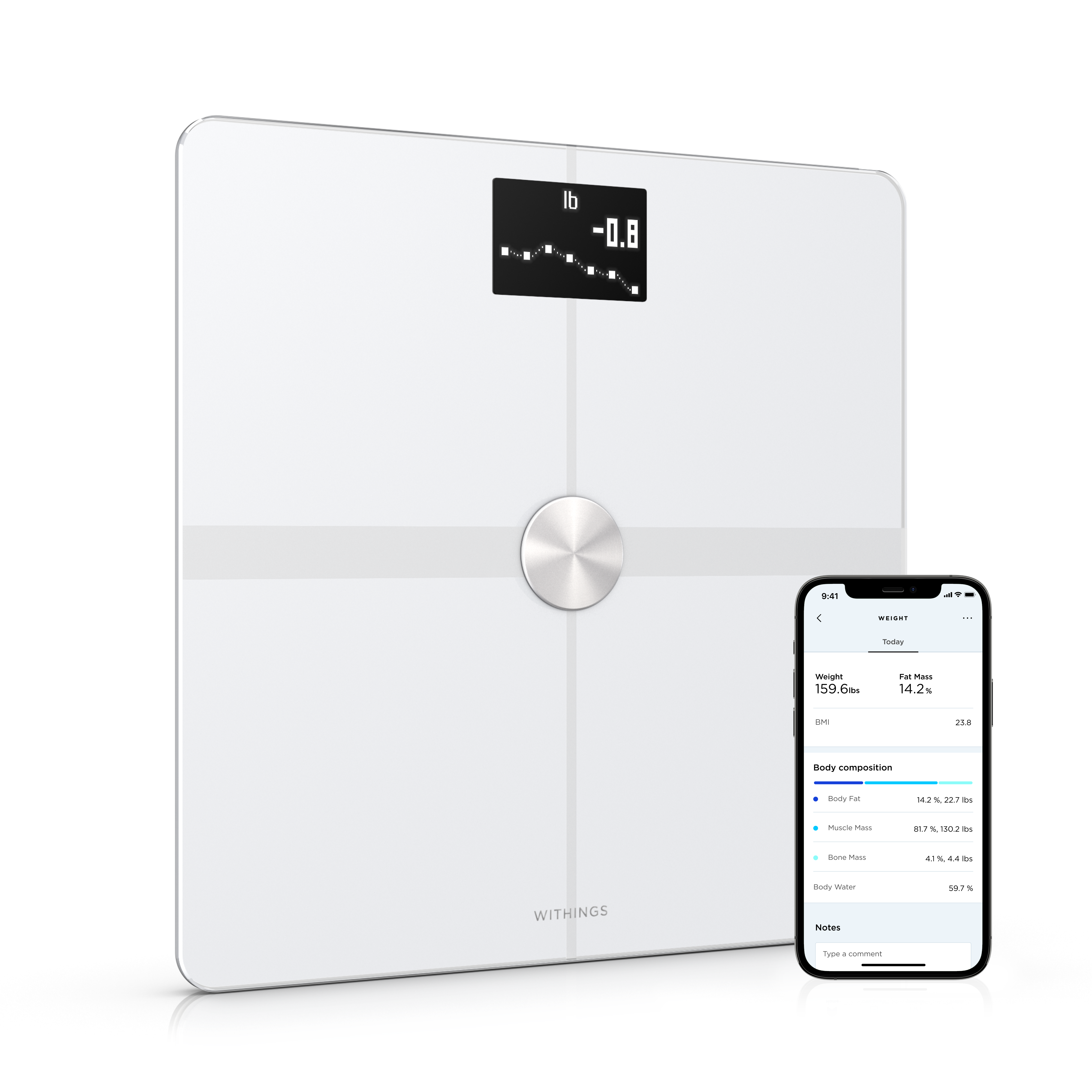
This year, for Diabetes Awareness Month, Withings is proud to be sponsoring a NYC marathon team that benefits a health charity called Beyond Type 1. Read on to get to know the organization, meet some of their inspiring runners, and learn more about their training methods.
Everyone knows someone who has been impacted by diabetes. In the United States, more than 30 million people live with diabetes. Of those, between 5 and 10% live with Type 1 diabetes. Beyond Type 1, a leading nonprofit organization, is looking to change what it means to live with chronic illness. Beyond Type Run is a team of 30 runners who are living with Type 1 diabetes.
Founded in 2015, Beyond Type 1 is a nonprofit organization that aims to change what it means to live with Type 1 diabetes. Beyond Type 1 is focused on education, advocacy and curing Type 1 diabetes. In recent years, the organization has expanded its reach to include Type 2 diabetes, and now includes Beyond Type 2. Withings has partnered with Beyond Type 1 to unite the diabetes community during the 2019 New York City Marathon.
Type 1 vs. Type 2 diabetes
Type 1 diabetes is a chronic autoimmune condition that occurs when the body produces antibodies that attack the pancreas and destroy the body’s ability to produce insulin, the vital hormone that helps to regulate blood-sugar levels. When insulin is not present, blood sugar spikes, which may lead to diabetic ketoacidosis (DKA), a serious complication where the body produces high levels of ketones that break down fat as fuel. Left untreated, DKA can cause loss of consciousness, requiring immediate and often lifesaving treatment.
Type 2 diabetes is more common in the United States, affecting 90 – 95% of the U.S. diabetes community. It occurs when cells become insulin-resistant or when the body is unable to produce enough insulin of its own. The exact cause of Type 2 diabetes is unclear, but genetics, poor nutrition, and lack of physical activity are contributing factors. High blood sugar is harmful over time because it can cause DKA and other serious health problems like heart disease, vision loss, and kidney disease.
The TCS NYC Marathon
The TCS NYC Marathon is the world’s largest marathon—more than 50,000 participants passed through the city’s five boroughs in 2018. This year, Beyond Type 1 has rallied a team of 30 runners with Type 1 diabetes from across the United States to take on this amazing feat. Withings equipped each runner with a Steel HR Sport smartwatch to accompany his/her training efforts. Meet Lauren and Claire, two of the amazing Beyond Type 1 runners!
Lauren Salko
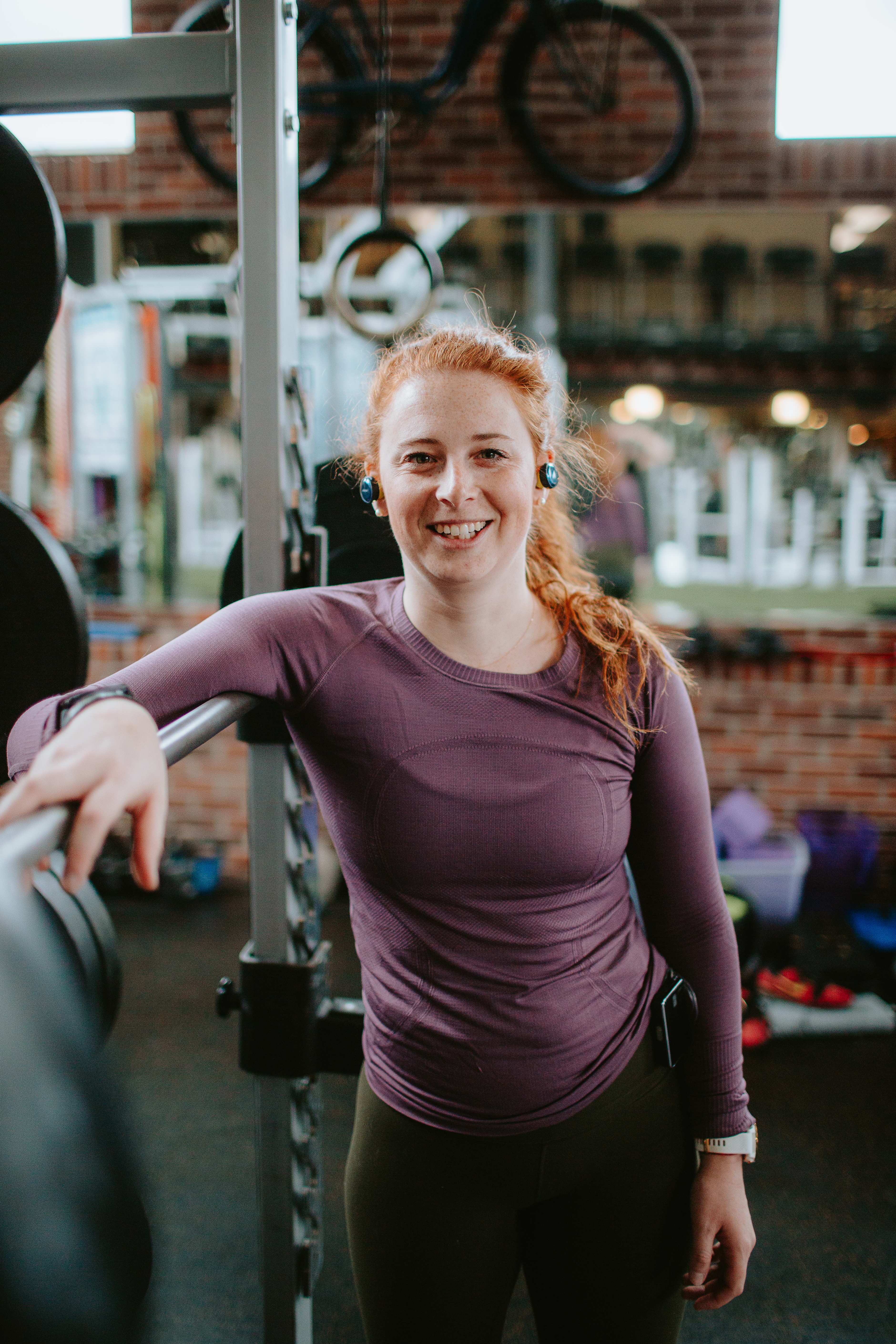
Diagnosed with Type 1 diabetes as a child, Lauren Salko, 28, is now a professional skier. Her diagnosis came as a surprise because she is not genetically predisposed to Type 1 diabetes, and she did not experience any of its common symptoms, like thirst, extreme hunger, fatigue, and frequent urination.
Despite her diagnosis, Lauren pursued her passion for skiing and maintained an active lifestyle growing up. In college, Lauren raced ski cross, a type of skiing that involves big-air jumps and high-banked turns. She now races professionally, aspiring to compete on the U.S. Freeski team in the future.
An active marathon runner in the past, Lauren participated in the NYC marathon in 2014 and the Chicago marathon in 2016. With the help of a coach, Lauren did one long run and a handful of smaller runs a week to prepare for this year’s marathon. She has also trained with a friend who is also a Beyond Type 1 team member.
Claire Paterson

Unlike Lauren, Claire Paterson has a Type 1 diabetes journey that began rather recently. In August 2018, at 31 years old, she noticed herself experiencing common symptoms of Type 1 diabetes, including continuous weight loss and frequent urination. As a pediatrician, she was somewhat familiar with Type 1 diabetes, and after getting tested by two different physicians, Claire was admitted to the hospital when she experienced diabetic ketoacidosis (DKA).
As an active military member and Utah native, Claire feared her diagnosis would negatively impact her love for camping and adventure. Ironically, it was her initial fear that led her to Beyond Type 1. During her first night in the hospital, Claire Googled “how to run with Type 1 diabetes” and came across the Beyond Type 1 marathon team. Getting involved with the Type 1 team provided a supportive outlet to encourage her to stay positive and keep moving forward, despite her diagnosis. Since last August, Claire has been able to encourage and inspire her diabetic patients, proving that life can continue normally with type 1 diabetes.
“Each of the 30 runners on the Beyond Type Run team lives with Type 1 diabetes, making this marathon not just an immense athletic achievement, but a vehicle to inspire our community and educate the world about exactly what it means to live beyond Type 1.” — Beyond Type 1 CEO Thom Scher
Monitoring glucose levels while training
Monitoring glucose levels is vital for all Type 1 diabetics—especially when engaging in physical activity. Blood sugar is influenced by nutrition, activity, and genetic predisposition. Every person is different so some people may be predisposed to hypoglycemia or hyperglycemia, and they may need to adjust their activities accordingly. For example, during and after high-intensity exercise, blood sugar can run high because of stress hormones that increase glucose levels. Therefore, as a precaution, Lauren does not engage in physical activity in the two hours prior to a run. Similarly, Claire avoids eating four hours before a workout to avoid a sudden glucose drop. She also uses a carbohydrate manager to monitor her carb count during and after training.
Lauren does not follow a specific diet, but instead works with her nutritionist to adjust her macronutrients—including fats, carbohydrates, and proteins—while training. Both runners use Dexcom G6, a continuous glucose monitoring system, along with their insulin pumps to adjust their insulin intakes.
Marathon training with Steel HR Sport
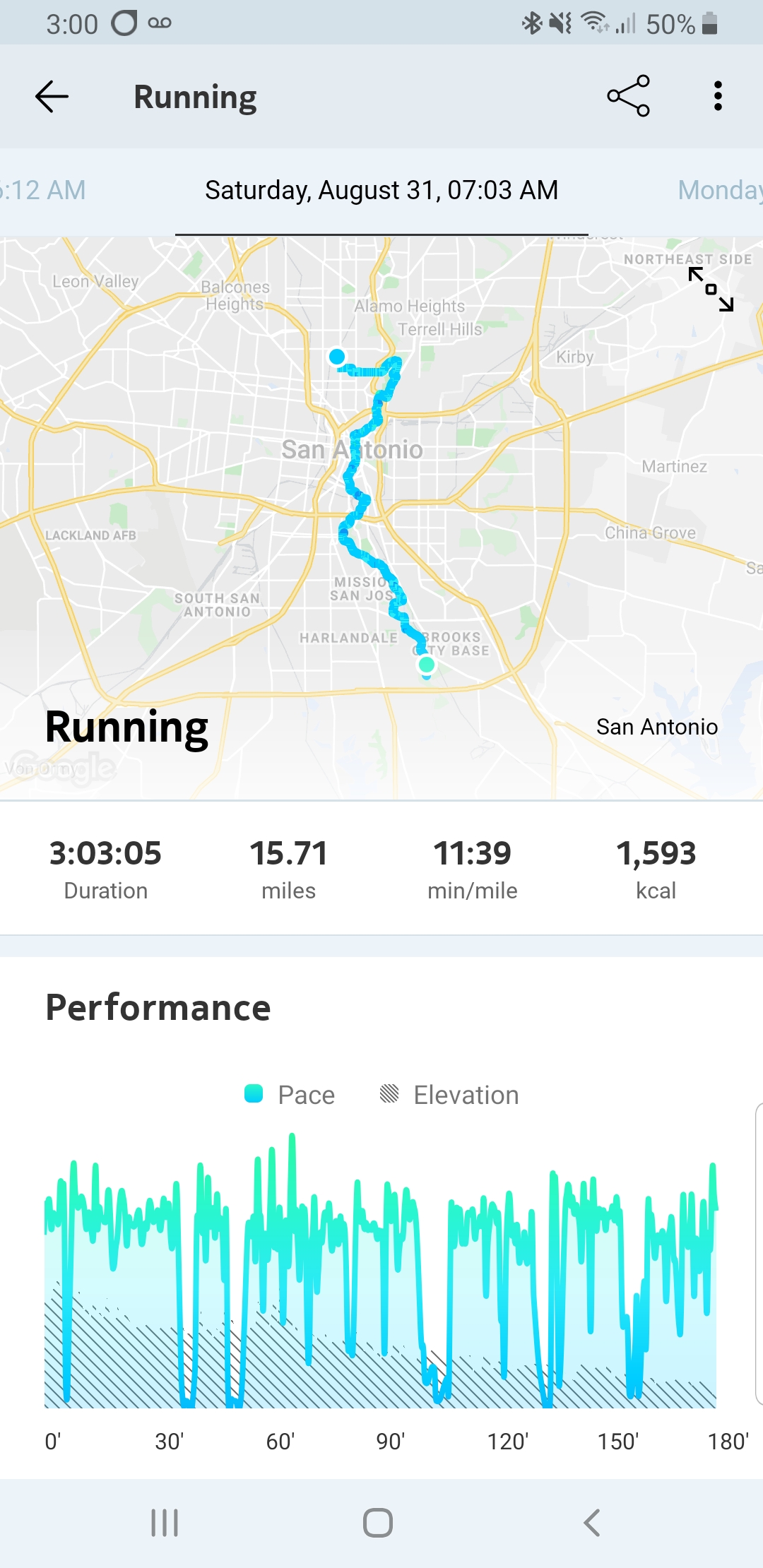
The 24/7 activity tracking and connected GPS features of the Withings Steel HR Sport have allowed the Beyond Type 1 runners to map their paths and track their distance, pace, elevation, and calories burned during their workouts. Engaging in regular exercise has a multitude of benefits, including improving sleep quality, managing weight, reducing the risk of developing depression, decreasing stress, and preventing the onset of additional cardiovascular conditions.
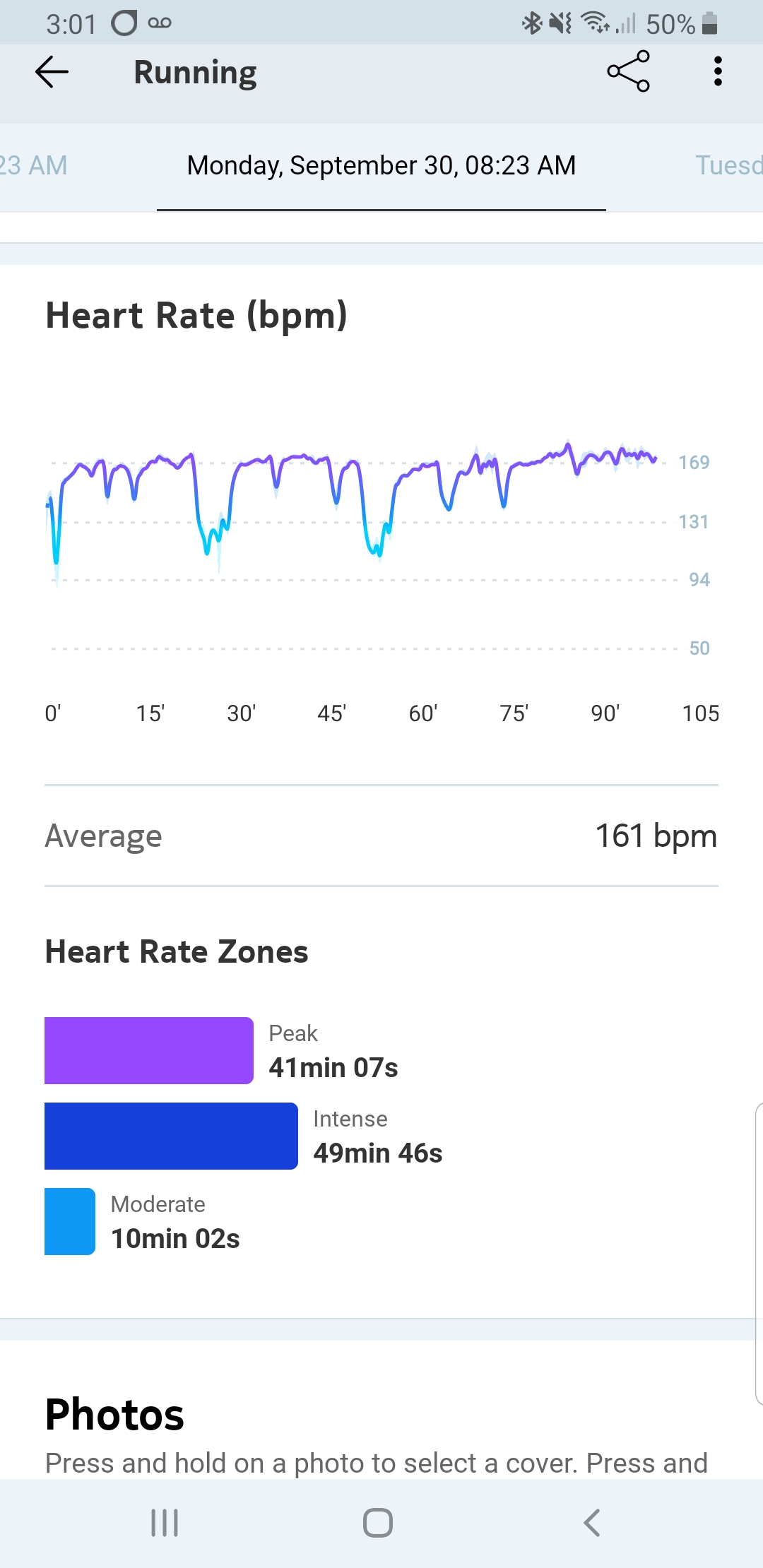
Heart rate is an important metric to track while training for a marathon with type 1 diabetes. Any activity that increases heart rate over time can lower blood-sugar levels, since glucose is used to fuel workouts. Conversely, Type 1 diabetics can also be predisposed to hypoglycemia, which is triggered by high intensity workouts and elevated heart rates. Steel HR Sport tracks heart rate continuously during workouts, optimizing training for Beyond Type 1 runners who are able to monitor it during their workout using the smart screen on the face of their watch.
For type 1 diabetics, hypoglycemic episodes, or dangerous drops in blood glucose, may occur at any point, and may be reflected through intense heart rate variability. Runners can take note of their heart rates by glancing at their Steel HR Sports or opening their Health Mate apps. Because measurements sync automatically, runners can find their average heart rates during each workout, and see the breakdown of heart-rate zones during a workout directly on their phones—so they can use this information to make appropriate training and nutrition adjustments.
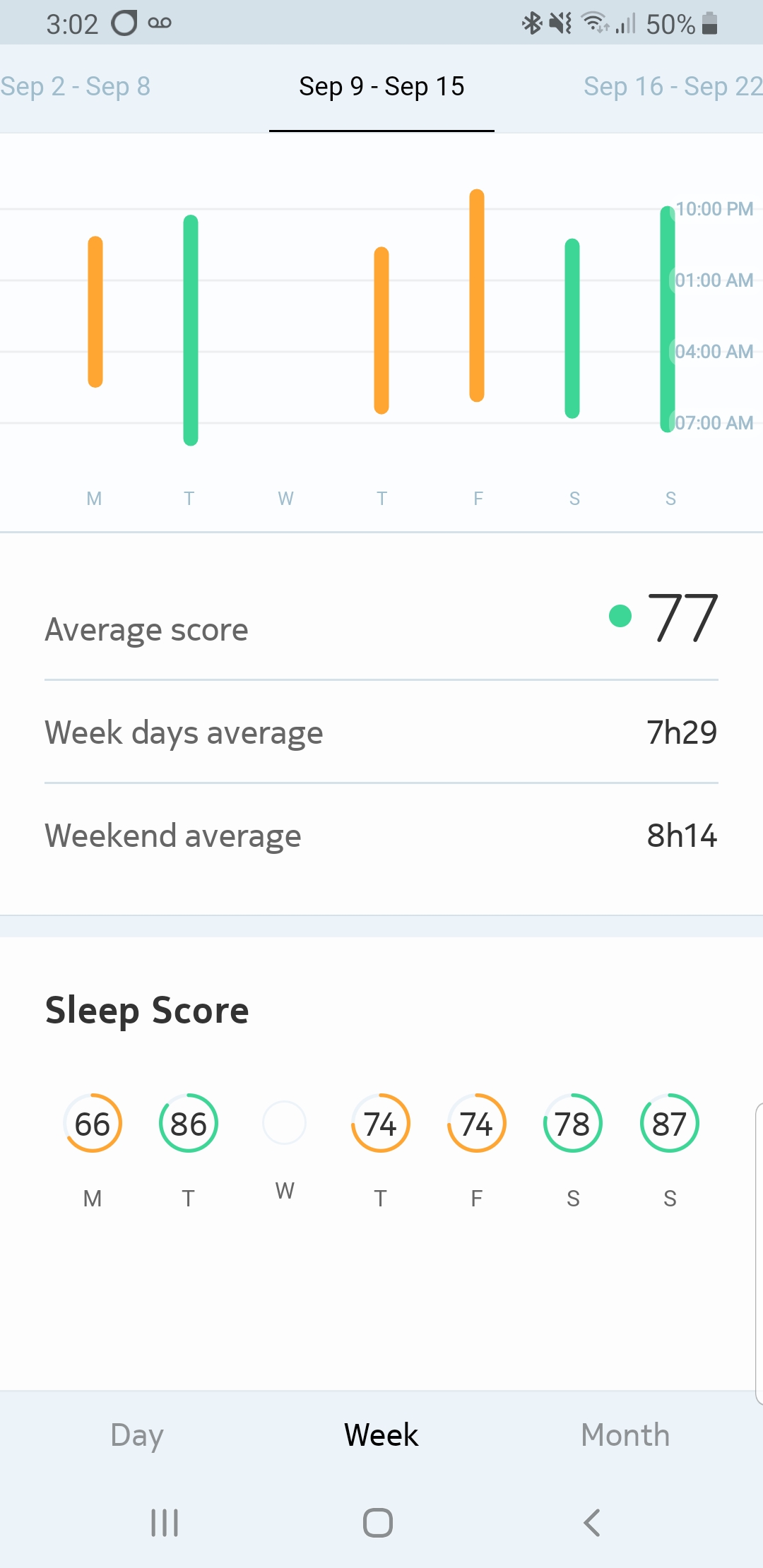
Sleep is also very important for those training for a marathon. Sleep has multiple benefits ranging from immune protection to memory formation to physical recovery. Recovery is important for marathon training because physical activity puts added stress on your body tissue, so runners need more sleep than the average person to stay injury-free.
Proper nutrition and glucose management throughout the day is vital for improving sleep because frequent bathroom breaks may result when blood sugar levels are elevated at night. Increased sleep interruptions result in a poor night’s sleep and a lack of energy the next day. Withings Steel HR Sport provides users with a daily Sleep Score, a quantitative score out of 100 points based on duration, depth, regularity, and interruptions. This is a simple and intuitive way of understanding sleep, analyzing trends over time so that appropriate lifestyle, health and training improvements can be made. Steel HR Sport helps the Beyond Type Run team sleep better and sleep smarter.
“With the help of the Steel HR Sport, I was able to correlate sleep quality with my perceived difficulty and exertion on runs the following day.” — Claire Paterson, BT1 Runner
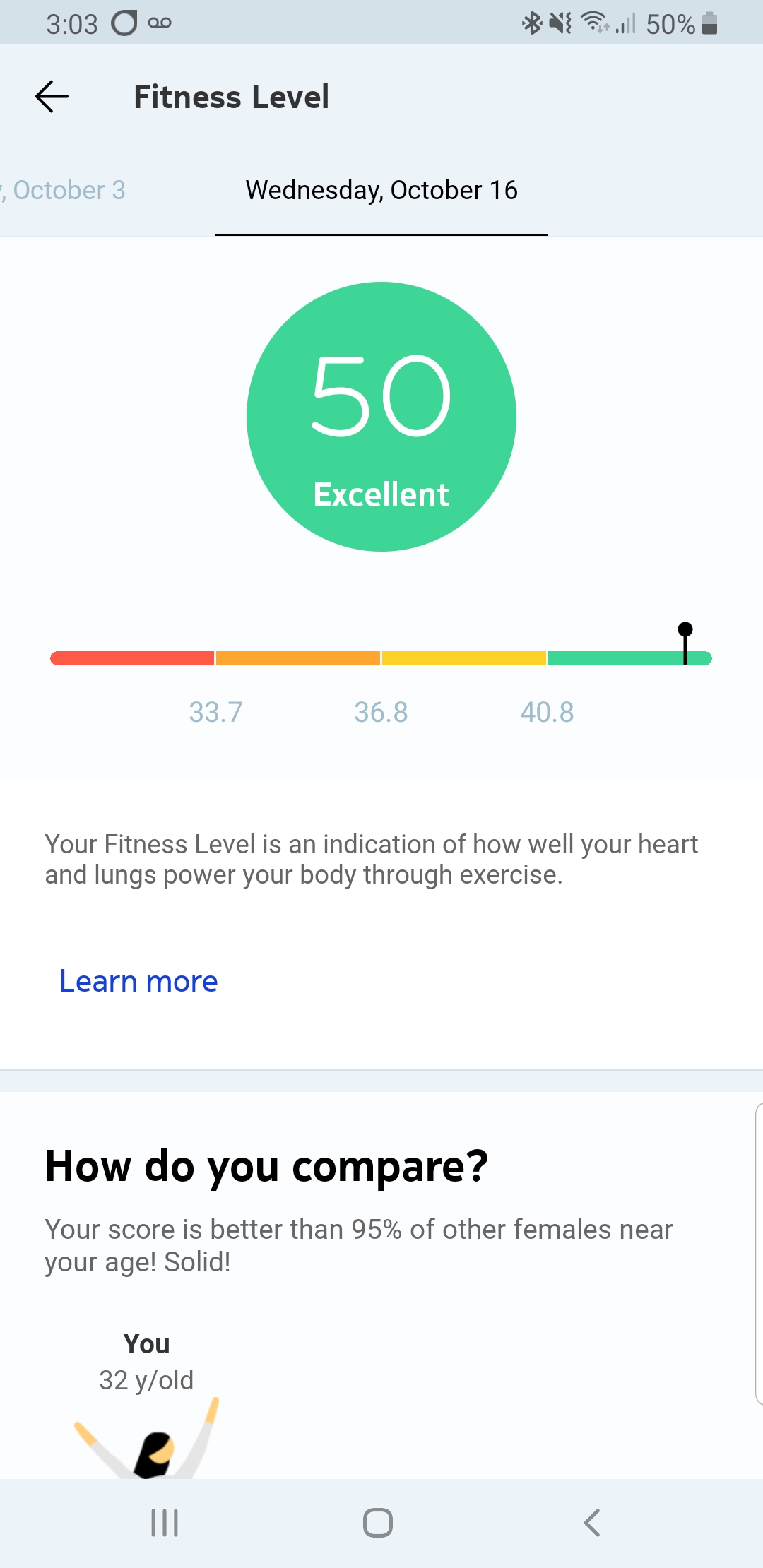
One final feature of the Steel HR Sport that makes it the ideal marathon running companion is VO2 max estimation. VO2 max is an important performance metric that measures overall cardiovascular fitness, showing the body’s ability to consume oxygen and transport it through the bloodstream. The Steel HR Sport estimates VO2 max through exercise speed and heart rate. A higher estimate is correlated with better cardiovascular health. To give you an idea, the average sedentary female will achieve a VO2 max between 27 and 30 mL/kg/min while the average sedentary male will range from 35 to 40 mL/kg/min. The more you are active, the higher the estimate will be. As proven by the Beyond Type Run team and Claire’s excellent Fitness Level below, Type 1 diabetes is not an obstacle for positive cardiovascular health.
Learn more about Beyond Type 1 and the team running the TCS NYC Marathon here. You can also support Beyond Type 1 by donating to the team members through their personal fundraising pages, or simply donate to the #BeyondTypeRun team.

